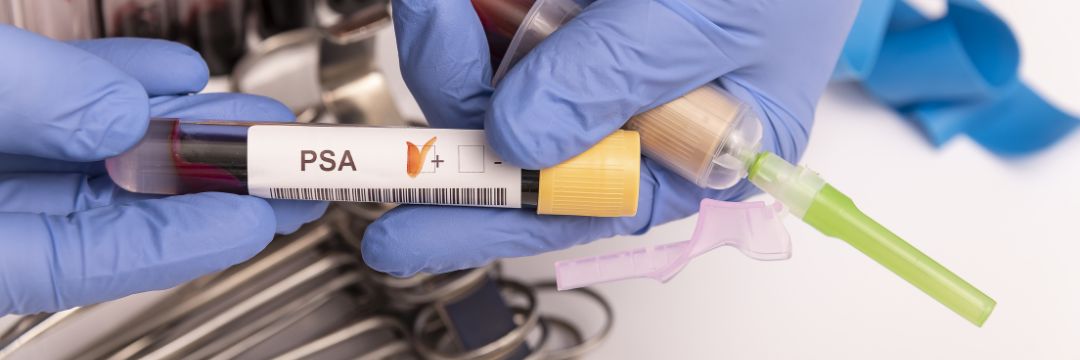
Most urologists use the Gleason score to better understand the composition of a prostate tumor. While it is not, by any means, a perfectly accurate staging modality, it does give us a helpful guide for further treatment. To get to the point where a Gleason score is necessary, patients must have prostate cancer. This is usually determined by a PSA trend/velocity test and confirmed through prostate biopsy. At this point, when the biopsy results come back, we look to understand more about the specifics of the tumor. For ease, malignancy is scored on a one to 10 scale; however, the Gleason scale adds a twist. You may notice that it contains two numbers added together.
The first number is the score of the central part of the tumor. The second score represents the severity of the rest of the tumor. These two numbers are added together to develop the Gleason score. The closer to 10 that the score reaches, the more likely the need for invasive treatment. Low-grade cancer begins at six, intermediate at 7, and scores of 8-10 represent high grade.
What About Low Gleason Scores?
Gleason scores up to 5 are rarely noted and would be on the border between normal and suspicious tissue.
Does the Order of the Gleason Score Components Matter?
This is an excellent question, and yes, the order of the Gleason score components does matter. The first number is ultimately the primary one. You can consider the second number more peripheral. Therefore, a Gleason score of seven, composed of 3+4, is less severe than a Gleason score of the same total but composed of 4+3. Dr. Natale will discuss the details of this during your consultation.
Does the Gleason Score Change the Treatment Continuum?
Absolutely, yes, the Gleason score will influence how we treat prostate cancer. Lower Gleason scores are indicative of less aggressive prostate cancer, while higher scores will make treatment, including surgery, more likely. The Gleason score will not give us the definitive treatment modality but a general guide for the next steps.
Does the Gleason Score Offer Insight Into Mortality?
Yes and no. Survivorship rates depend on several important considerations. Remember that these rates are an average of all studied patients with prostate cancer at that particular score. Other factors will make your recovery more or less successful. As such, while we discuss average survivorship rates, we do not consider them set in stone as these numbers often scare patients when used as more than a guide. With that said, prostate cancer survivorship is directly related to the severity and aggressiveness of the tumor. Therefore, even slow-growing prostate cancer should be overseen by a qualified urologist specialist.
Our patients diagnosed with prostate cancer must be fully informed about their disease, and we encourage all our patients to contact the office should they have any issues or concerns with their treatment.








